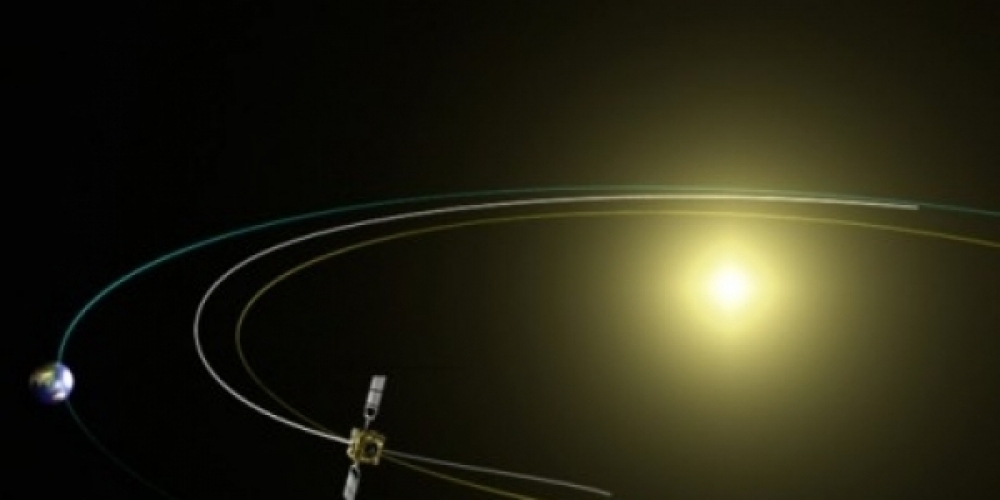
After months of persistent effort, astronomers have managed to capture the instantaneous shadow cast by the asteroid Didymus, tens of millions of kilometres away, as it passes in front of a distant star – an observational feat made possible only when the orbit of Didymus became known to us with the required precision.
To have a chance of success, several observers had to position themselves in meticulously calculated locations within a narrow 800-metre band – the path of Gemini’s shadow on Earth – to record the star’s fleeting fade, lasting a few tenths of a second.
Why attempt such an ambitious challenge? Because “stellar occultations”, as they are called, are an extremely precise method of obtaining information about the shape and position of Solar System objects. But accurately predicting occultations – where and when they will occur – becomes increasingly difficult the smaller and faster the asteroid we “hunt”.
The systematic prediction of occultations for small, potentially dangerous, transient asteroids – such as the asteroid Gemini, the target of NASA’s recent DART mission – was a research project supported by the European Space Agency (ESA), and successfully carried out by the team of Professor Kleomenis Tsiganis of the Department of Physics of the Aristotle University of Thessaloniki, in collaboration with the Nice Observatory (France) and the team of Dr. Paolo Tanga. A key part of the project was the timely dissemination of information, mobilization and coordination of networks of “citizen-scientists” (amateur astronomers) and professional astronomers, on a global scale.
The research focused on the Gemini-Dimorph double asteroid system, which was hit by NASA’s DART mission on the night of 26 September. In 2026, ESA’s Hera spacecraft will revisit the Gemini system to investigate in detail the effects of the DART impact. The team of the Engineering Department of the Department of Physics of the Aristotle University of Thessaloniki is participating in both missions. However, the recording of successive occultations of Gemini in the intervening period of time may allow the measurement of the deviation of the asteroid system’s orbit around the Sun, which cannot be done with the measurements of DART and Hera alone.
The project team worked closely with NASA’s JPL Laboratory (Dr Steve Chesley). The quality of the predictions kept improving, but early attempts to record the phenomenon were unsuccessful. However, using the first data from the DART spacecraft camera, success was a given, as the team managed to reduce the prediction error to just 200 metres – a little less than a quarter of the diameter of Gemini.
The first successful observation came on October 15 by amateur astronomer Roger Venable, in northern Oklahoma, USA, who clearly recorded the star’s fading for about 0.13 seconds. On October 18, the team of Jose-Luis Ortiz from the Instituto de Astrofisica de Andalucia made a second successful observation, near Granada. Later that day, in Japan, Hiroyuki Watanabe and Miyoshi Ida simultaneously observed the 0.16-second occultation from two nearby locations!
Using the data from these first observations, it becomes easier to observe subsequent observations, which is expected to ensure detailed tracking of Gemini’s orbit. On October 29, 2022, the occultation of Didymus will be observable from Greece, with its shadow moving from southwest to northeast, from the Preveza area, towards Ioannina, Kastoria and Florina… within 1 minute!
The video of a previous occultation observation by the team of the Aristotle University of Thessaloniki is available at the following link: https://www.youtube.com/shorts/3zOkGXprtyw







Leave A Comment